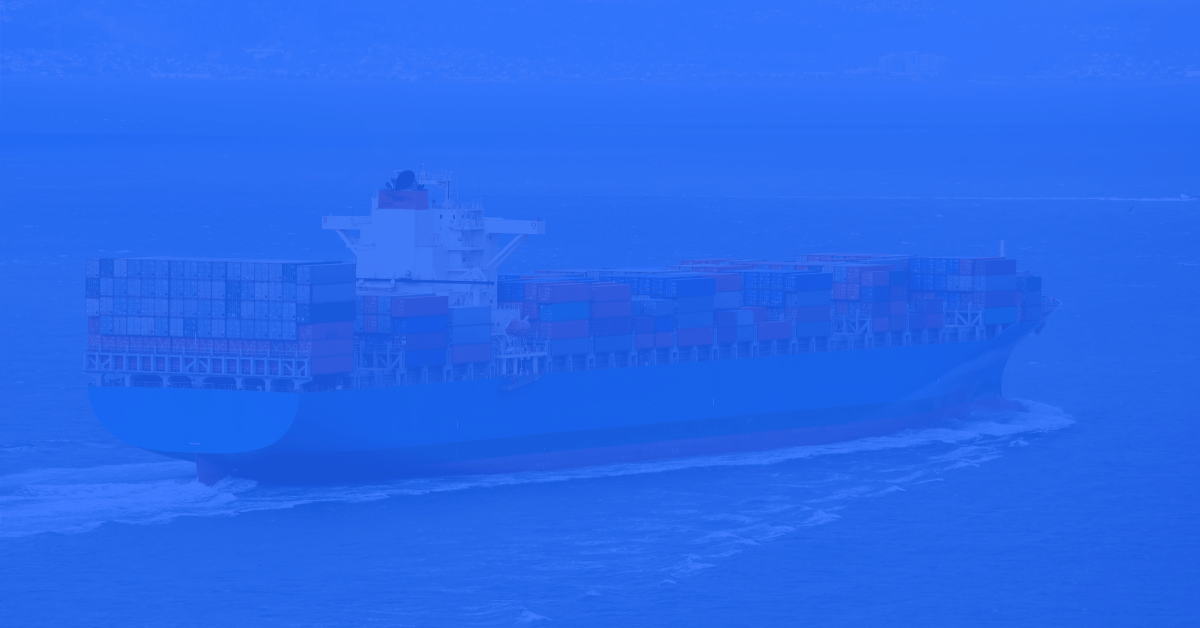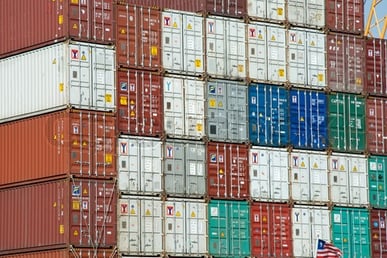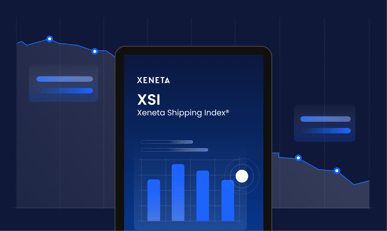Early dip in long-term ocean freight rates fails to tarnish exceptional year for carriers. According to the latest Xeneta Shipping Index (XSI®) Public Indices, the long-term contracted ocean freight rates declined by 3.6% in Jan-22 to 238.34 points. This marks the second consecutive monthly decline, which last occurred in Sep-2020. Despite the fall, the index is still 98.1% higher than the equivalent period last year.
Based on crowd-sourced data from leading global shippers, the analysis shows the second consecutive monthly rates decline, following a staggering 14 months of consistent increases. As such, despite the dip, contracted rates stand 98.1% up year-on-year, demonstrating the commanding position carriers continue to occupy in shipping negotiations.
"The logistics chain remains stressed," comments Patrik Berglund, CEO of Oslo-based Xeneta, "with demand outstripping supply, port congestion, a lack of equipment and the ongoing pandemic impacting across key global trades. This puts the carriers in a position where they can dictate terms to smaller shippers – through elevated rates and limited availability – while locking in 'bigger fish' at favorable prices. As a result, many customers are pushed over to spot rates and, with no alternatives, are forced to put their hands deep into pockets that have grown increasingly bare.
"On the carrier side, however, things could hardly be better. And this is there for all to see in the latest financial reports from the industry's leading players. Maersk, in particular, has achieved what appears to be astounding results over 2021. And they're far from alone."
The Value of Intelligence
According to the Danish giant, expectations for full-year EBIT now stand at USD 19bn, meaning earnings for 2021 could be greater than the previous five years combined. OOCL saw its revenues double in Q4, to USD 4.8bn, driven by an increase in average revenue per TEU of 142.3% year-on-year. For the full year, revenue was up by 110%, to USD 15.7bn, despite volumes rising by just 1.7%.
“It’s far too early in the day to forecast whether these rates, and the stellar results, will continue,” notes Berglund, “but, small dips aside, it’s difficult to see where a major correction would come from at the moment. With this in mind, it’s essential to keep a close eye on the latest market intelligence to stay limber in terms of strategy and be informed ahead of difficult negotiations. And that’s true for all stakeholders in this memorable market right now.”
XSI® - US Imports/Exports
US imports on the XSI ® rose by 7.0% to 253.47 points in Jan-22. While positive, the month-on-month increase does not reverse the decline (14.1%) reported in December 2021. However, compared to last year's same period, the benchmark is up by 106.1%.
XSI® - Europe Imports/Exports
European imports on the XSI ® fell by 7.6% to 250.71 in January, thereby reversing the increases recorded in the previous two months. Compared to last year's same period, the index is still up by 89.0%.
XSI - Far East Imports/Exports
Far East imports on the XSI ® continued to rise in January, increasing by 0.8% month-on-month to 165.11 points. This is the third consecutive monthly increase and ensures the index is 79.6% higher than the same period of 2021.
Note: Xeneta's XSI® is compiled from the very latest crowd-sourced ocean freight rate data aggregated worldwide. Companies participating in the benchmarking and market analytics platform include names such as ABB, Electrolux, Continental, Unilever, Nestle, L'Oréal, Thyssenkrupp, Volvo Group and John Deere, amongst others.


-1.jpg)



